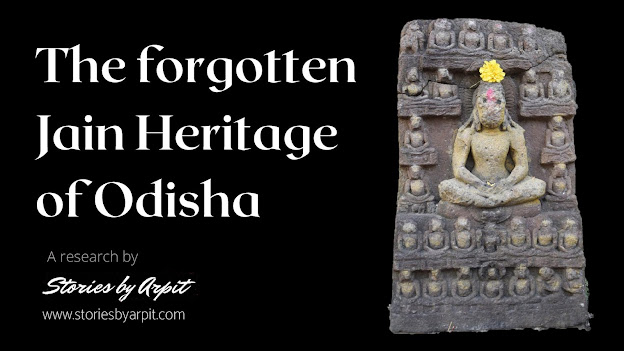Posts
Showing posts from July, 2020
Did Halley's Comet appear at Lord Mahavir's Nirvan?
- Get link
- X
- Other Apps
Addressing some misconceptions w.r.t. the Shwetambar sect of Jainism
- Get link
- X
- Other Apps
The forgotten Jain heritage of Odisha (Orissa)
- Get link
- X
- Other Apps


